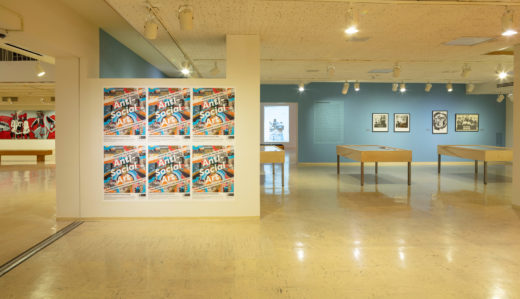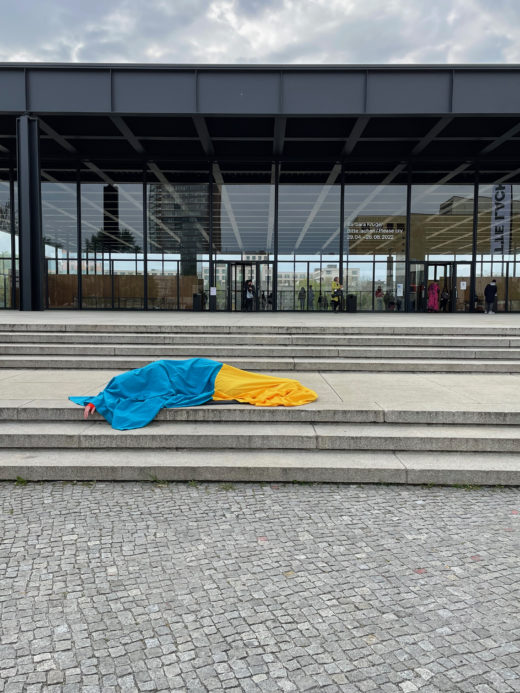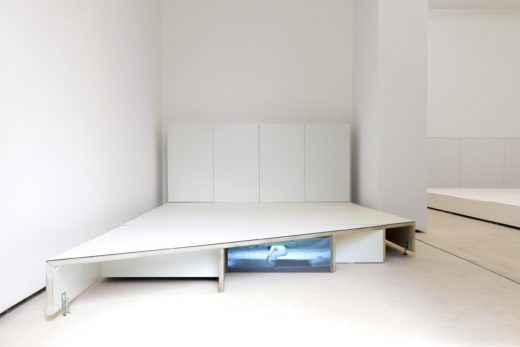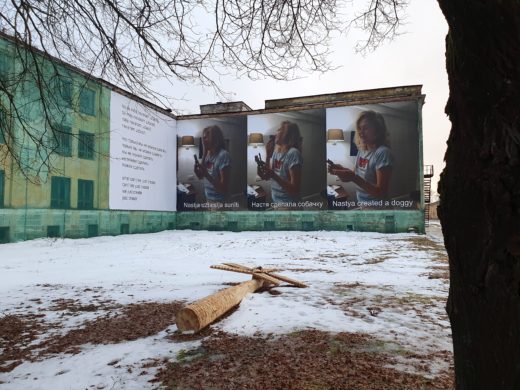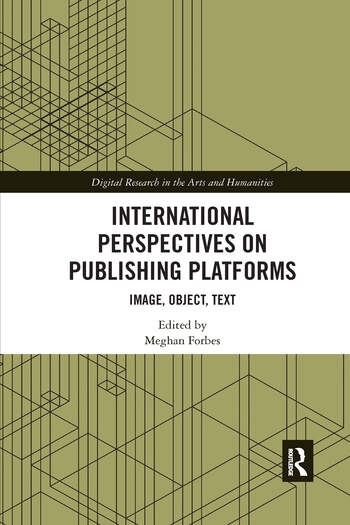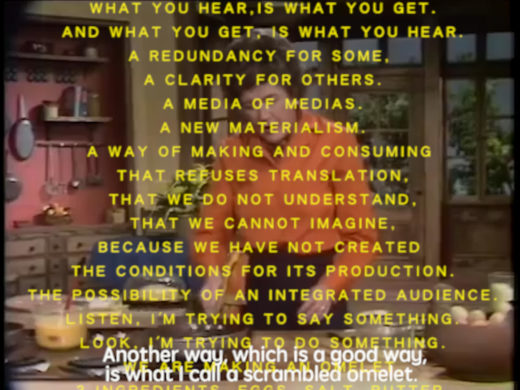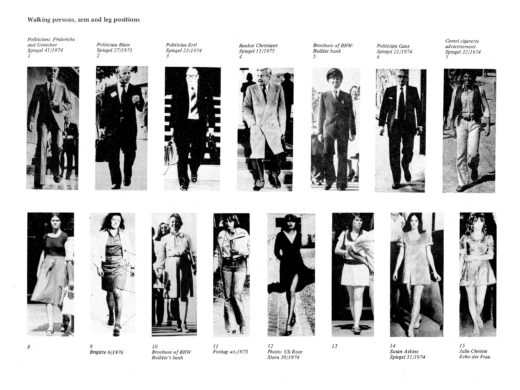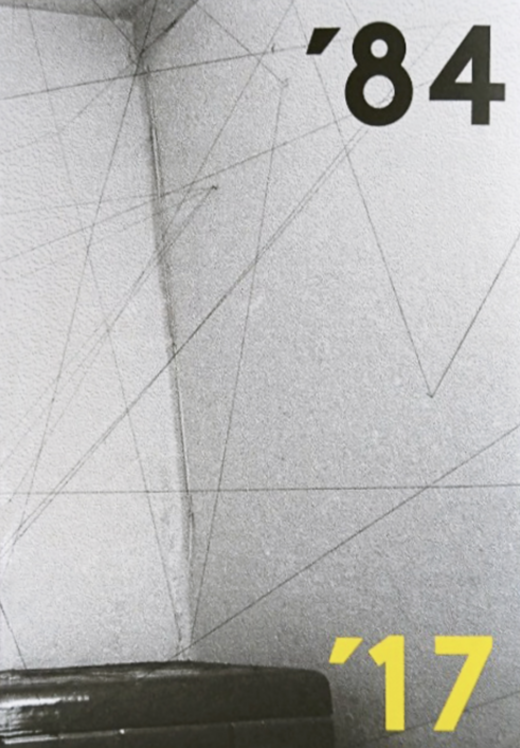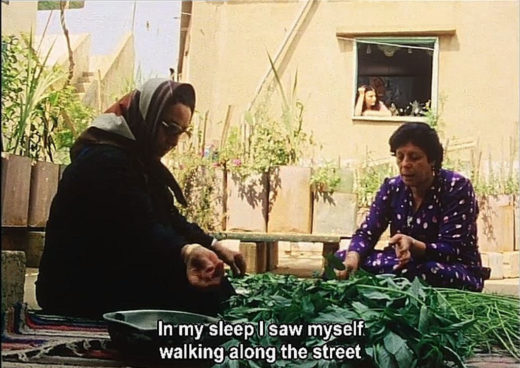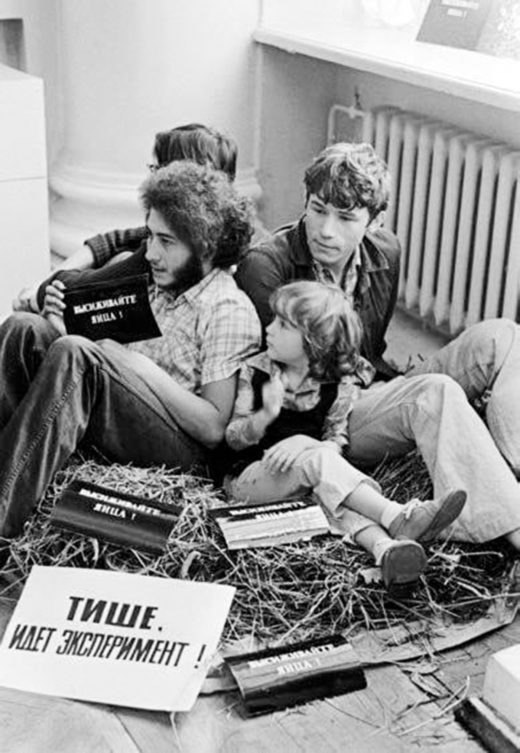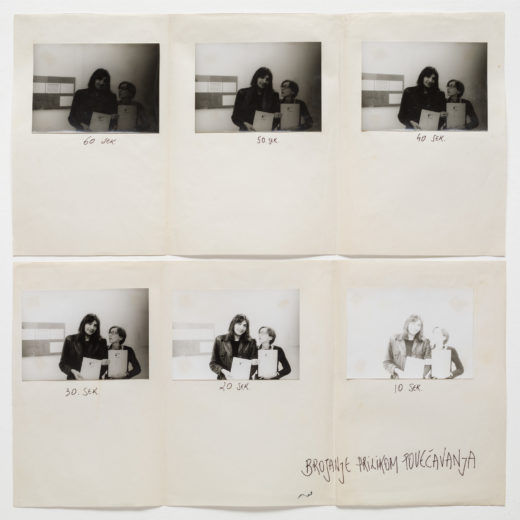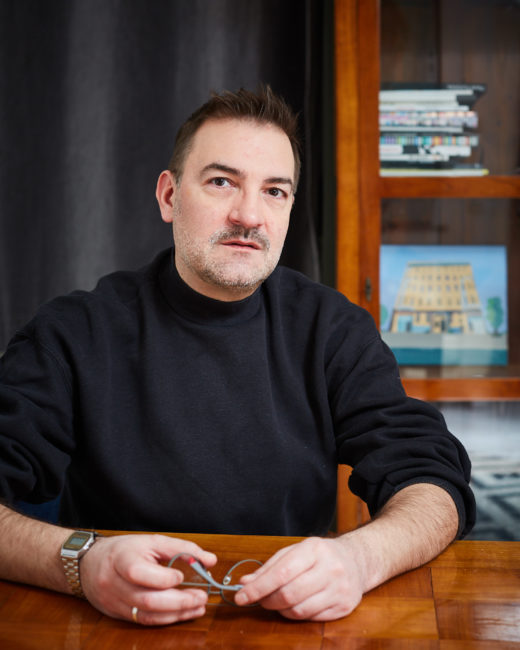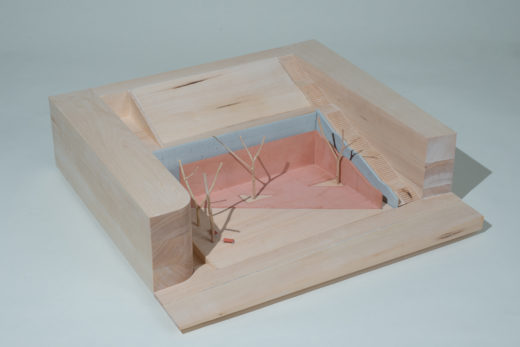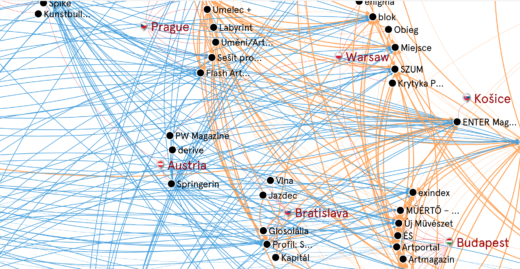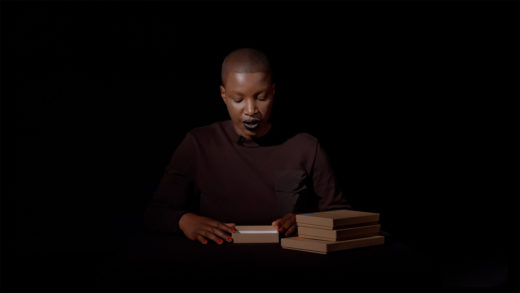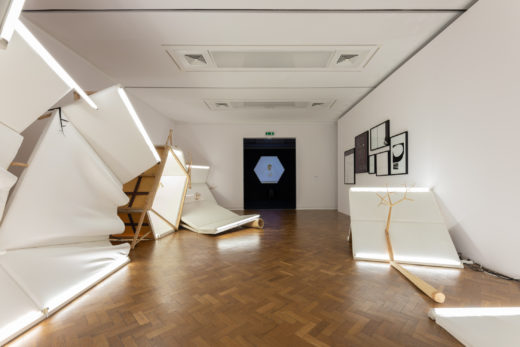Anti-Social Art: Experimental Practices in Late East Germany
Anti-Social Art: Experimental Practices in Late East Germany at the Tweed Museum of Art, Duluth, Minnesota, February 2–May 15, 2022
In Anti-Social Art: Experimental Practices in Late East Germany, curators Sara Blaylock and Sarah James assembled a comprehensive body of art from the German Democratic Republic (GDR) that functioned as more than an art historical survey, raising larger questions about the relationship between artists and social and political institutions. The exhibition presented works by over thirty artists and artist groups active in the 1980s and early 90s. Rather than focus on better-known painters such as Willi Sitte, Werner Tübke, or … Read more

